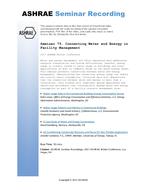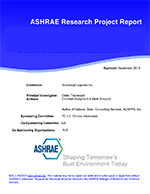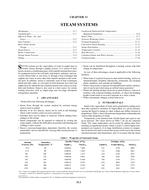In HVAC design, it is essential to achieve daily variation of each factor as the peak time of the inner heat gain, envelope load and fresh air load are all different. As a result, in order to accurate load calculation, typical summer day is one of the most important input. In existing research, including Chinese code and American ASHRAE handbook, the conventional hourly data of typical summer days is generated by maximum temperature and daily range values, and the variation characteristics in cities are not considered. However, it could be found that the results of existing method of generation have a big difference with the real situation. As more and more hourly data is easy to be acquired with the rapid development of meteorological observation, it is possible to use real data to generate the typical days. Based on this, this paper put forward four new generating methods for typical summer day using real data with different indicators and selection methods. To be specific, the first two methods used annual cooling dry bulb (AP) while the last two used daily max dry bulb (DP); then the 1st and 3rd methods generate the typical days through averaging the temperature of all days (AVG) while the other two selecting the representative day by weighting factor (REP). Then the cooling design days with median frequency criteria (1.0%) of five cities in China in different climate zones, namely Beijing, Shanghai, Guangzhou, Shenyang and Kunming, will be generated using these four methods and observed hourly climate data in thirty years, from 1971 to 2003. The results of these new methods and the existing method will be analyzed and compared with the real data.
Citation: 2018 Annual Conference, Houston, TX, Conference Papers
Product Details
- Published:
- 2018
- Number of Pages:
- 9
- Units of Measure:
- Dual
- File Size:
- 1 file , 2.8 MB
- Product Code(s):
- D-HO-18-C056


